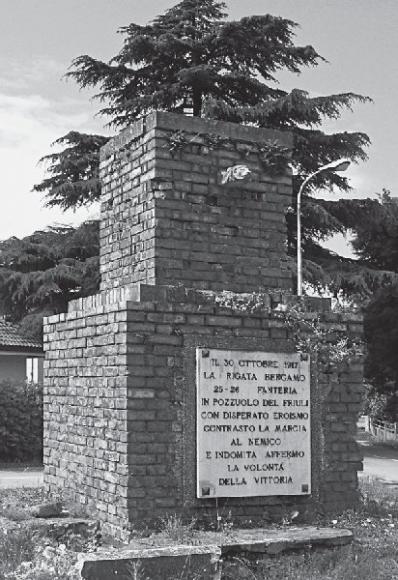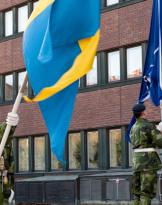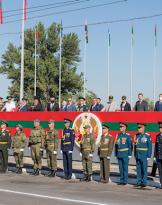And it is again the anniversary of Pozzuolo del Friuli, the battle of the battles for the Italian cavalry, what was the struggle for redemption in that pit of surprise and lack of information which was the Caporetto retreat.
It was the afternoon of 29 October 1917 when the II Cavalry Brigade, under the command of General Emo Capodilista, received the order to go in the direction of Pozzuolo del Friuli, a town that the Italian commands perceived as a pivot of maneuver of the German forces of the XIV Army of Von Below. Because the Germans in Italy it is easy to say, the Germanic armed forces, after the victory on the Eastern front, managed to put together an army with the aim of reinforcing the Austrian front in order to try to resolve the war against the enemy of Rome and in fact, between 24 and 30 October 17 they went very close to success.
Contrary to what was planned with the Prince of Habsburg von Tassen, commander of the Austro-Hungarian forces, the Germans of Von Below, after neutralizing the II Italian Army on the Kolovrat and reaching Udine, headquarters of the Supreme Command led by Cadorna, they decided to head south, this move would have allowed him to close the entire Italian III Army before it reached the bridges over the Tagliamento. A victory of this magnitude would have effectively eliminated the 50% of the Italian Army and led to the collapse of the entire front, however the capture of a member of Savoy House, The Duke of Aosta, commander of the Third Army in fact, would have forced King Vittorio Emanuele III to ask for an armistice.
Everything seemed ready for the final victory, but in a small village in Friuli called Pozzuolo, less than a thousand brave braves managed to stop 2 for twenty-four hours well, enemy Divisions, thus allowing the entire III Army and all of Italy to withdraw and then settle on the Piave, thereby determining the conditions for victory.
5 Squadron just and some company of the Bergamo Brigade, ammunition for two hours of combat, an Italian machine gun against ten of the opponent's automatic weapons, a strength ratio of one to ten, non-existent supplies, five charges to the white weapon and half of the strength left in the field; with these numbers the legend became a reality and the whole homeland was saved.
In this synthesis of the past, some teaching can come down to our days, so that history does not remain a mere paper game for the benefit of specialists and enthusiasts. If we look at southern Lebanon, an area controlled by UNIFIL forces, a strange consonance between the facts of Pozzuolo and a possible threat in the western sector led by Italy leaps to the eye. Assuming the retreat of the entire contingent due to a resurgence of clashes between Israel and Hezbollah, the entire nationally-led sector should move to three embarkation points for an exfiltration from the sea, this action seems very similar to the movement of the III Army towards the three bridges over the Tagliamento, but this is only the first of the coincidences, if you look closely at the Tibnin area, located at the center of the sector under Italian command, it appears topographically a crossroads at least as much as Pozzuolo was in 1917 with its seven roads access.
Given these geographical premises, if a surprise move by hostile forces towards Tibnin were to be inserted with the aim of cutting the retreat of part of the multinational contingent, the case study examined could completely follow the facts of Pozzuolo. Another war obviously today, hybrid and asymmetrical, however the approach of the 100st century and that of XNUMX years ago, in adherence to the never decayed principles of the art of war would be the same: in search of surprise and mass the forces placed in reserve they would develop an action that guarantees the uniqueness of command and initiative, all with simple and effective actions to achieve the objective of covering the withdrawal of their own forces, in short, what was done yesterday should be repeated today, it is certainly confirmed that this is a case study, probably one boutade, but with the occasion an effective method to broaden the vision of the present by using a critical eye towards the teachings of the past, so that yesterday's heroism is not only engraving for marbles, but training for open minds.
(photo: web)












